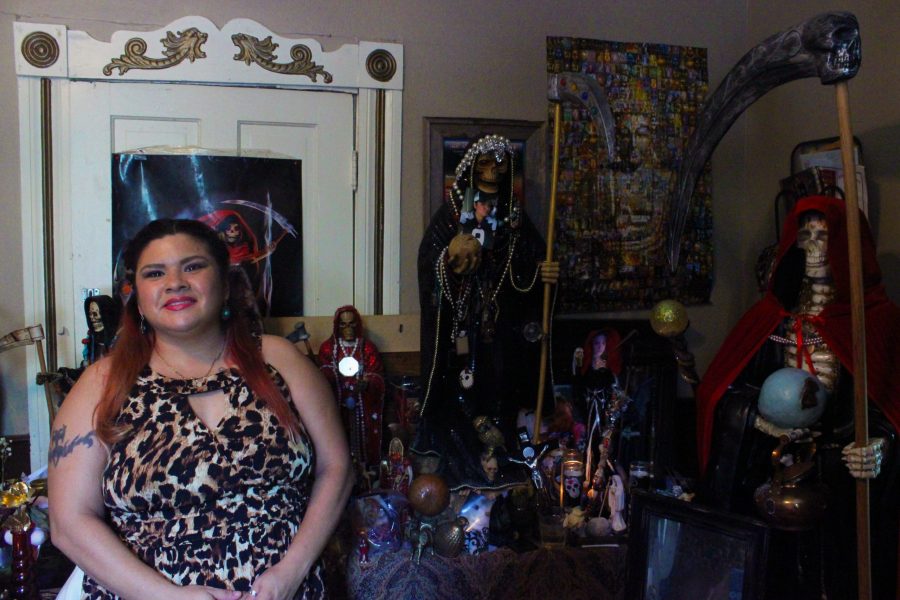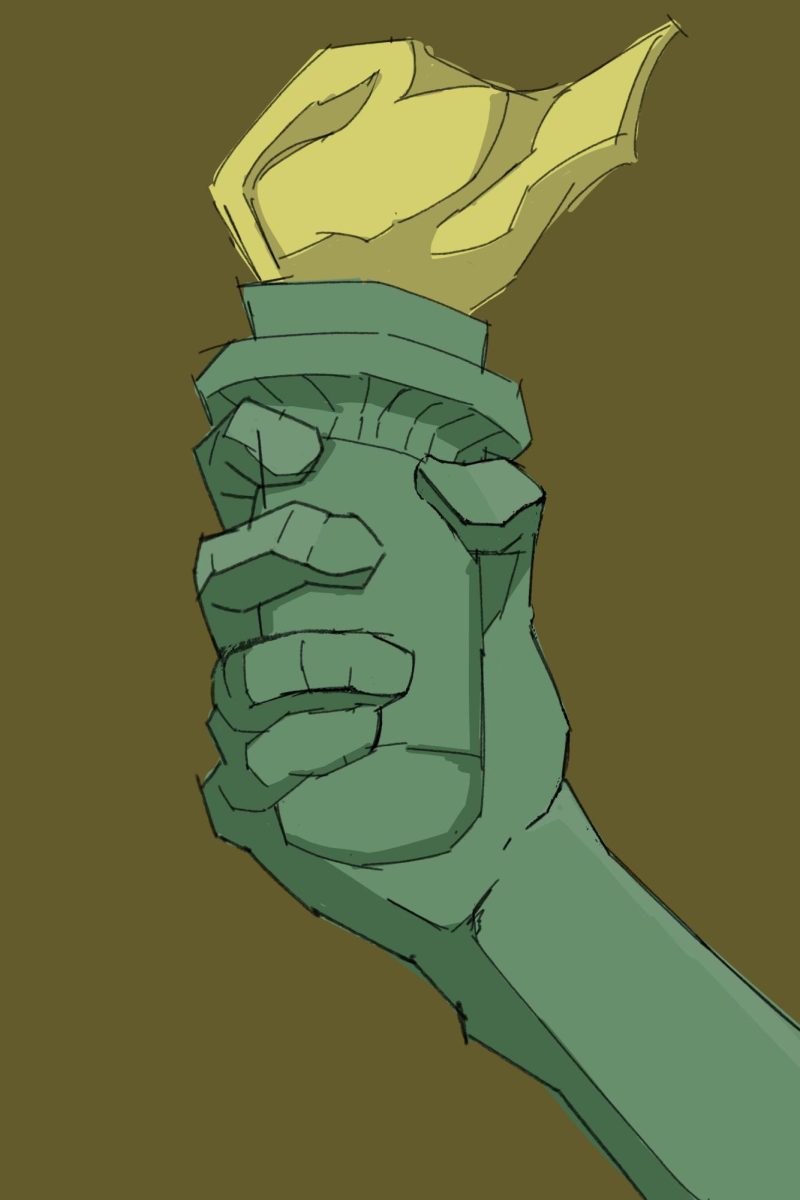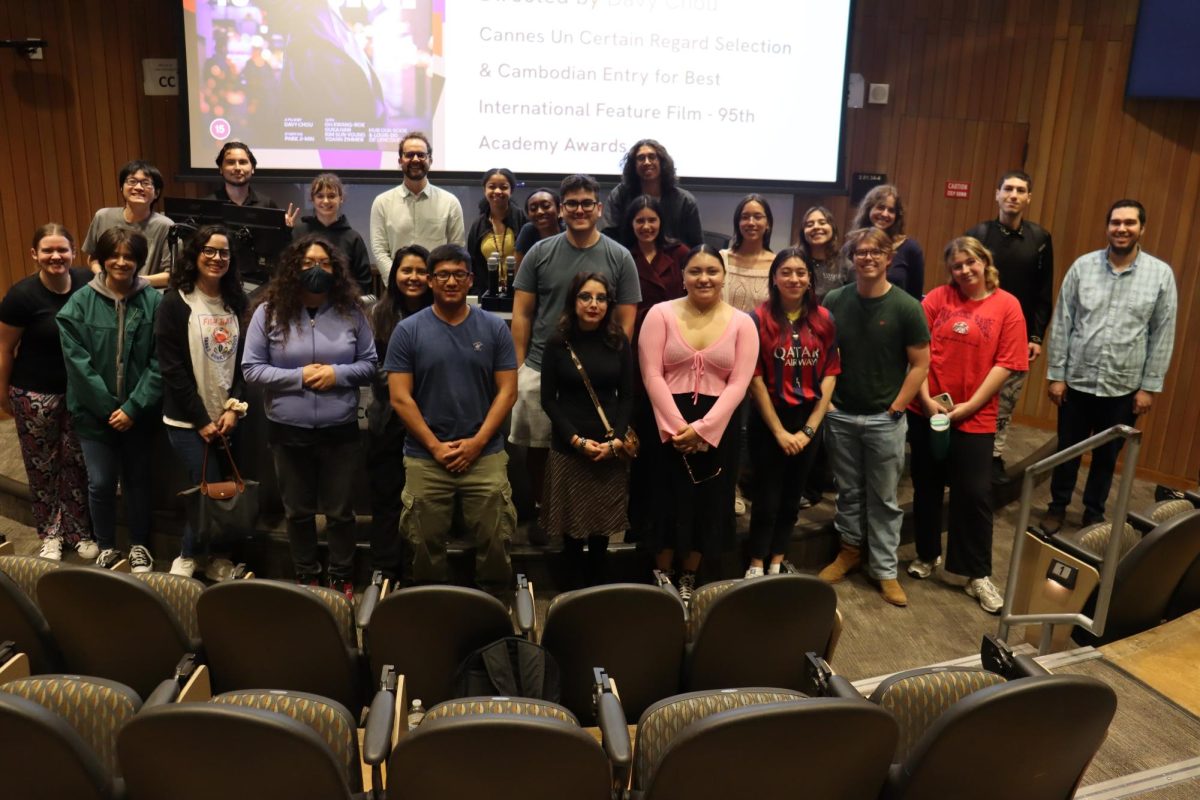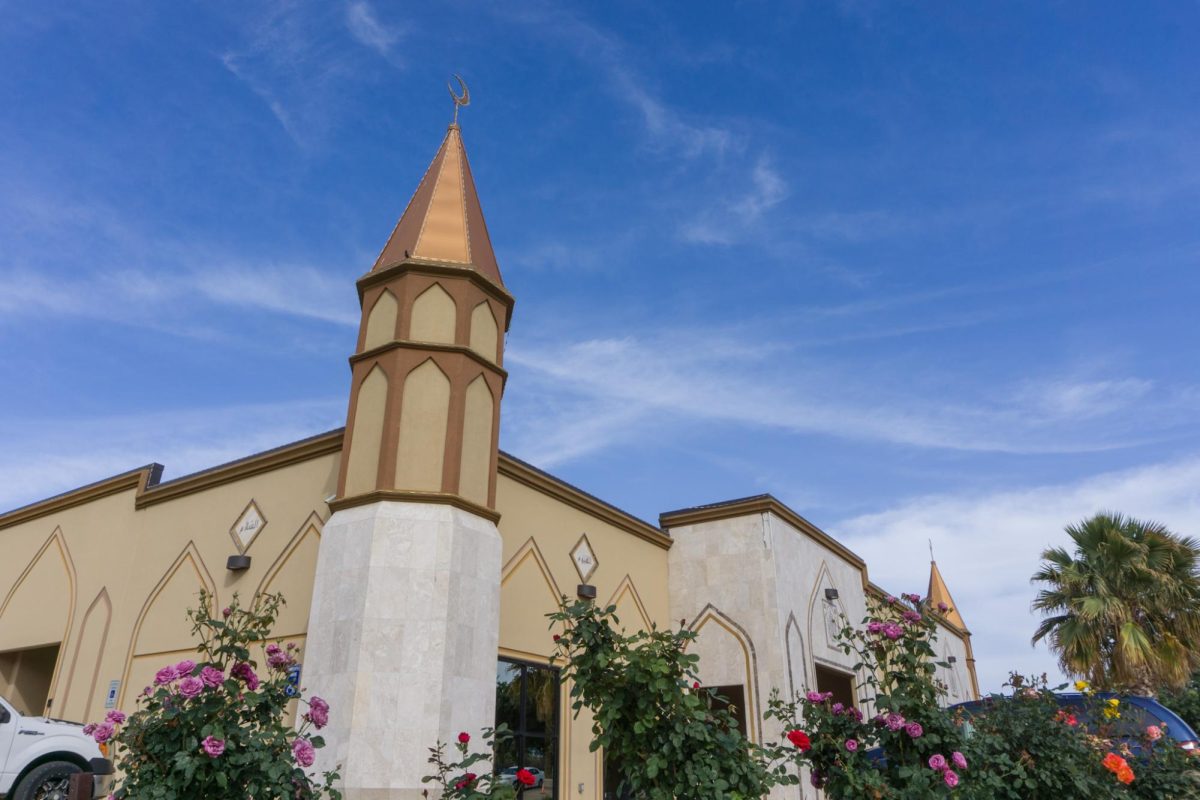Santa Muerte gains devotion and rejection internationally in past decade; documentary short to be unveiled this week.
Deep in the heart of Mexico City lies a barrio by the name Colonia Morelos, a small neighborhood on the southside of downtown Mexico City. This barrio has been around since the Aztec reign and has always been regarded as one of the poorest barrios of the historic city. In times of dire need, the poverty stricken people here, as humans have throughout the centuries, turn to faith, spirituality and the supernatural as ways to cope with struggles they must endure that are beyond their control.
In Colonia Morelos, longtime resident Enriqueta Romero, known as la doña de muerte (the donna of death) runs a shrine dedicated to folk saint, Santa Muerte.
Romero has a massive shrine adorned with flowers, written prayers and candles paying respect to her husband, who was shot last year by suspects unknown.
Santa Muerte originates in Tepito, a small town along Mexico City’s edges, 20 miles away from Colonia Morelos.
Romero’s late husband had the largest Santa Muerte store in the region. He was shot alongside his son.
The Romeros prayed for “a holy death”–la santa muerte.

Santa Muerte has gained popularity at the turn of the century. Since 2001, her popularity has skyrocketed and she currently has an estimated 10 to 12 million followers and worshippers internationally.
She is believed to be more forgiving of sins than the Catholic Church; this is why she has become associated with drug cartels, theft and murder. With any supernatural belief, there are cognitive biases.
If a problem is cured, it is only due to her intervention, not any tangible action. If a problem goes uncured, it is due to a lack of prayer or the wrong sacrifice. If a problem is cured and another problem arises, it is the saint collecting payment. These self-serving biases help maintain Santa Muerte’s notoriety.
Along with this strong devotion has come backlash from Christianity and the Mexican government.
Folk saints are a group of saints who have not been recognized or canonized by the Roman Catholic Church.
“Santa Muerte is not holy, it’s all about promoting Satanism; it’s a cult; it’s been condemned by the Church just recently,” said Rev. Michael D. Pfeifer, O.M.I. bishop emeritus santa.
“It’s not religion just because it’s dressed up like religion,” said cardinal Gianfranco Ravasi, prelate of the Roman Catholic Church; Ravasi went so far as to refer to the practice of Santa Muerte as a “degeneration of religion.”
The Mexican government attempted to suppress the “cult”; the government destroyed 40 roadside shrines dedicated to the folk saint.
Regardless of this suppression by the Catholic Church and the Mexican government, the worship and endearment of the saint perseveres and continues to be practiced faithfully across Mexico and the southwestern US.
In San Antonio, Ana Maya, better known as Brujita Maya, is a practicing witch specializing in Santa Muerte. “I’ve been with her for about 7 years,” she said, but as a young girl living in Matamoros and later Harlingen, where Santa Muerte has a heavy presence, Maya admits she was apprehensive at first. Tales of missing children, death and jail were whispered outside of yerberias (alternative medicine stores originating in Mexico) scaring her away from the saint. However, Maya said, “Everywhere I went I saw yerberias, saints and brujeria, so I had respect for her, but still afraid of her. One day while hiding from my mom in the closet I saw her.” In this closet, young Maya found an altar to Santa Muerte. Frightened, but curious she kept this experience with her into her adult life until six years when an undocumented Maya was escaping an abusive relationship.
Without legal papers, the single mother moved into a shelter where she found solace in Santa Muerte. Maya’s prayers were answered. She found a lawyer to help her immigration status. She was able to find a job and housing. She began her criminal justice degree. “Santa Muerte helped me through this,” Maya says, with tears in her eyes, “I have no family here, I have no guidance, I have nothing: what I have is through Santa Muerte. I’ve gone through many religions and have never found what I found in Santa Muerte.” A tarot card found lying on the floor of Brujita Maya’s house leaves a lasting impression on the love death has for us all–“La muerte es justa y pareja para todos, pues todos vamos a morir–death is just and fair for all, as we will all die.”
“La Santa Muerte: A Folk Saint in Texas,” a documentary short, delves deeper into the practice, devotees and denouncers of the faith in Mexico, Texas and internationally.
The film will be screened at the Guadalupe Cultural Arts Center on Oct. 5. The screening includes a panel discussion with filmmakers Andrew Chesnut, leading religious studies scholar at Virginia Commonwealth University and author of the first monograph on the subject “Devoted to Death; Santa Muerte, the Skeleton Saint”; Malgorzata Oleszkiewicz-Peralba of the University of Texas San Antonio along with GCAC Executive Director Cristina Ballí, who is producer of the film.
Ballí cites an experience at Eastside Memorial HS in Austin where she was working with inner city kids on a radio and video workshop as a catalytic moment towards the film’s production. The students requested to do an episode on Santa Muerte, which Ballí met with resistance as she was from the valley where death and crime is associated with Santa Muerte. Students recounted tales of prayers to Santa Muerte that resulted in remission of cancer, giving Ballí a new point of view on the mysterious figure.
The spread of Santa Muerte where Latin American immigrants began to migrate over the past two decades also caught the eye of the film’s producer. The popularity in South Texas is especially noticeable.
“When we were doing the research for this project in south Austin, we found out that the veladoras (candles of prayer) to Santa Muerte were outselling the veladoras to the Virgin de Guadalupe,” Ballí said.
Mysterious and misunderstood, Santa Muerte lives in the hopes of many and nightmares of others. Ballí says she wishes to “explain it further; it’s not just a saint for narcotraficantes. We wanted to explain it further and get rid of some of the negative stigma that surrounds it.”
Forgetful and forgiving to those unforgiven by the church, the robed, scythe-wielding skeleton is a saint unto the downtrodden, poor and marginalized; a saint of last resorts.












